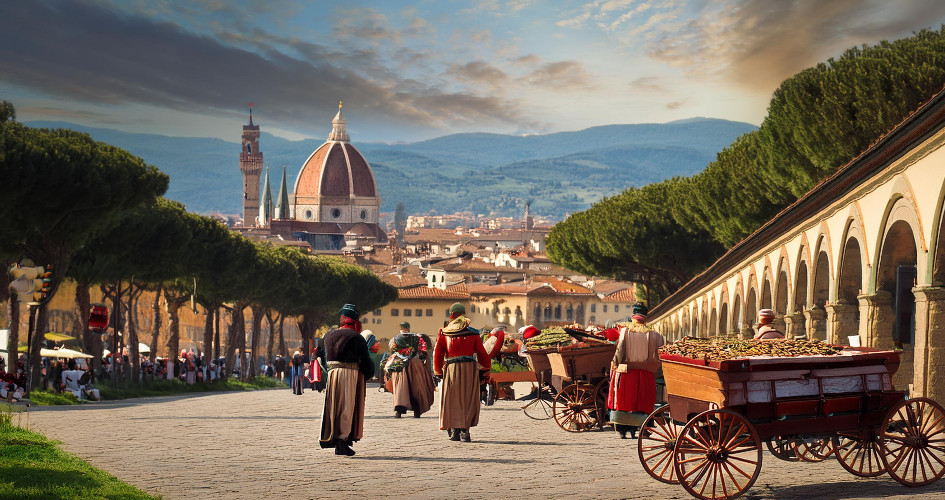
Rino Rappuoli
Fondazione Biotecnopolo di Siena, Italy
Florence is the city of the Renaissance, the historical period between AD 1450 and 1600 that marked the cultural transition from the Middle Ages to the modern era.
During this period Filippo Brunelleschi used revolutionary innovation to build the Dome of the Florentine Cathedral, and other giant artists like Piero della Francesca, Leonardo da Vinci, Michelangelo, Raffaello, and Botticelli, carved a new period in history where mankind became aware of the power of human innovation and ingenuity and left a legacy of scientific vision and incredible masterpieces of arts that we can still admire when walking around in the city of Florence.
The 2024 IUMS meeting in Florence, has the opportunity to mark the transition from a classical microbiology to a new era where microbiology becomes aware of the power of the microbial life, recognizing that can lead the transformation towards a sustainable planet.
Thanks to new technologies such as genomics and synthetic biology today we can access a microbial pangenome of a thousand trillion genes and use them to find solutions for global warming, health, food, energy, and transform the fossil fuel economy based on high energy and polluting chemical plants into and ecofriendly circular economy.
A global effort of all IUMS microbiological societies can drive the change.